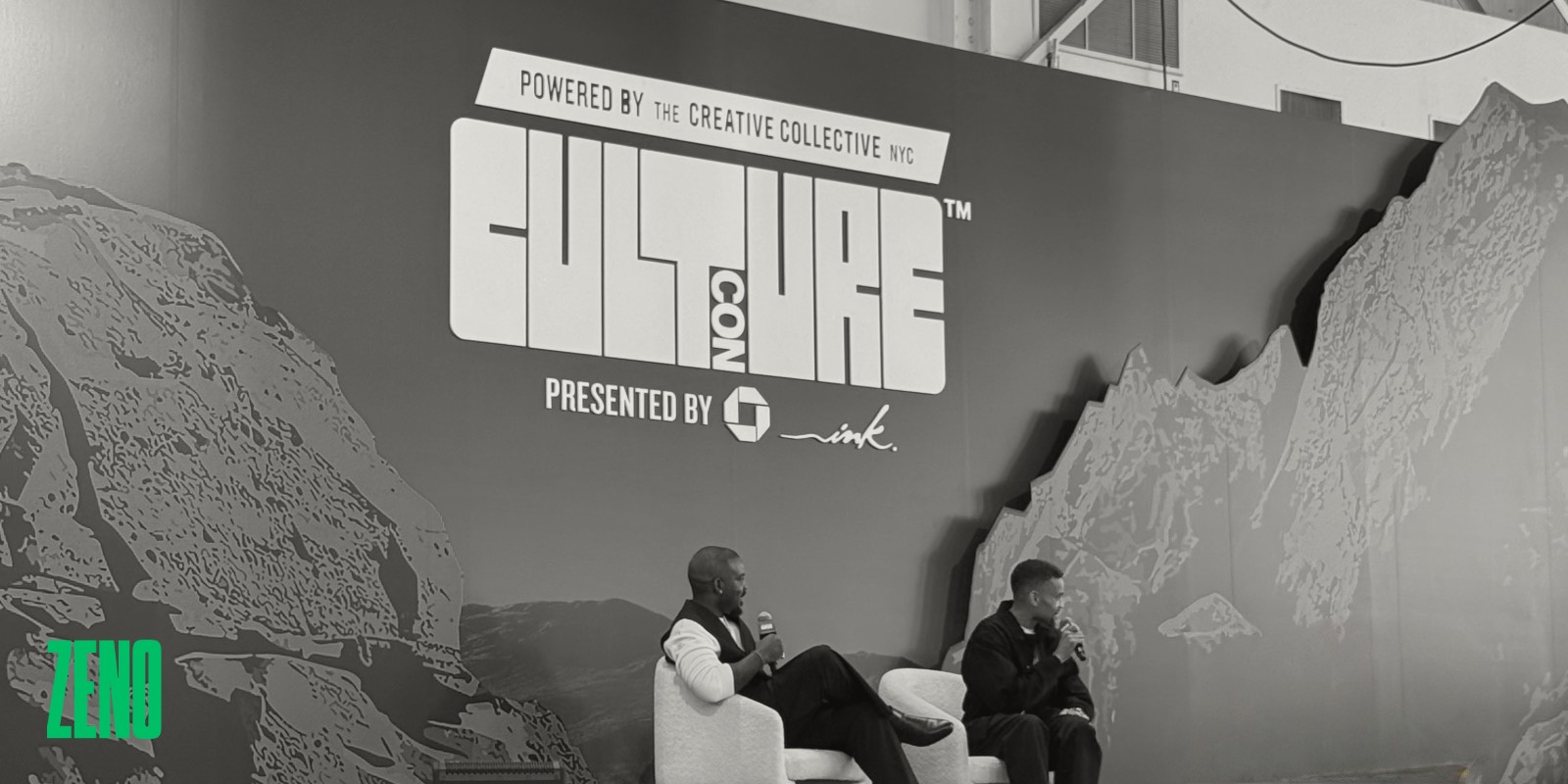Creating Space for the Culture Economy
By Terrence Coleman, Vice President, Digital
11/10/25

Words matter.
Granted, that’s no revolutionary stance. As a professional communicator (and winner of my third-grade spelling bee), I often find myself analyzing random words: their origin, their present-day meaning, even their casual interpretations.
On my ride back to the hotel after attending Culture Con last month, the word under my microscope was culture.
It’s serendipitous that this year’s theme of Culture Con, largely known as one of the biggest conferences for creative entrepreneurs, creators, and cultural influencers, was “Taking Space.” This simple phrase poetically encapsulated what culture is all about: claiming your place, shaping the narrative, and inviting others to do the same.
We often talk about “the consumer” in overly broad strokes using labels like Gen Z, Affluent or Elder Millennial. But conferences like Culture Con inspire marketers, myself included, to take a step back and think more intentionally. These aren’t just datapoints or audience segments - they’re people. And at the heart of it, we’re all seeking the same thing: connection.
That’s what makes culture so powerful. It helps us feel seen and connected, even when it doesn’t appeal to the masses – so that you’re not only taking space, you’re creating it.
The Space to Rethink
A recurring theme throughout the conference was evolving our mindset as both marketers and people. Actress Taraji P. Henson brought that idea to life with what she called “Fullness vs. Fulfillment.”
She explained, every time we open our phones, there’s no shortage of content: long-form, short-form, funny, heavy, and everything in between.
While we often focus on feeding that funnel, the more strategic choice is to ask, is this fulfilling?
That question opened the door to so many others.
For brands, is it fulfilling our ethos?
For marketers, is it fulfilling for the consumer?
For consumers, is this adding value?
And most importantly, is this true?
Not “Is it within the brief?” or “Is it within budget?” or “Is it the best of all the ideas we’ve seen?” but simply, is this true?
Does it ladder up to human nature, and as a result, does it make people feel connected?
Space for Authenticity
In bringing this to life, remember that culture is not one-size-fits-all — it’s alive and constantly evolving. Designer Brandon Blackwood captured this well, emphasizing the importance of staying true to the core of who you are and keeping your constants in mind amid continued and dynamic change.
As culture evolves, ebbs, and flows, what about your brand stays consistent?
This may mean saying no to some trends, but more often, it means working with precision to ensure the outputs feel right; tailoring your approach to be bespoke and to ring true to who you are.
The beauty of culture (and humanity) is that it’s a give and take. In some instances, your brand may be setting the tone. Other times, you may be joining the conversation.
Both should connect back to what’s true for you.
Creating Space for Cultural Currency
Like words, culture carries weight and influence - it shapes perceptions, sparks action and defines how people connect with brands and each other. Understanding that power is what turns communication into impact.
As we forge ahead as marketers, it’s important that we bring intentionality, authenticity and nuance to how we bring culture to life for brands, whether through digital, earned, or any other channel. It shapes how we connect, how we’re seen, and something that is a part of our consumers every day. Our role, then, is not just to participate in culture, but to create the space that allows genuine connection to develop.
Terrence Coleman vice president at Zeno, digital marketer and content creator focused on building meaningful connections between brands and consumers (and having fun while doing it).
